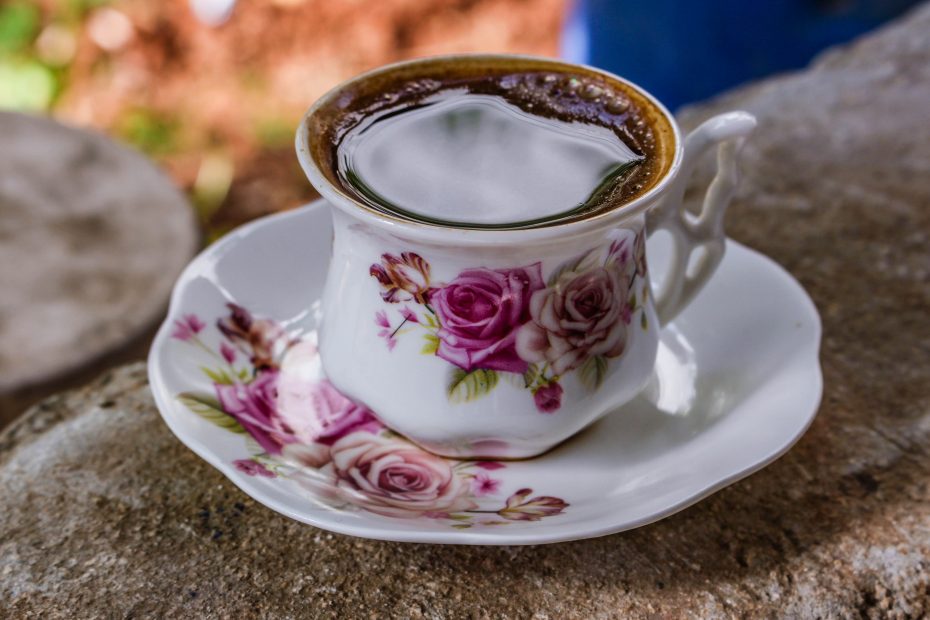What If England No Longer Drank Tea?
Doomsday scenario, but in the Queen’s country things are changing. Yes, in what is called by many the home of tea, England (although it would be more correct to speak of the United Kingdom), people are drinking less and less tea.
A new alarm is spreading in recent weeks after data emerged from the latest survey (National Food Survey) comparing values collected between 1974 and 2000 and 2000 and 2014. Well from the 1970s to the present, tea consumption has dropped from 68g per person per week to “only” 25g. In short, Nigella Lawson and her 12 cups of tea a day are now a rarity. In fact, if, as the Independent newspaper does, we calculate that a serving of tea, be it a tea bag or leaves, is equivalent to about 3g, the British drink about eight cups of tea a week compared to 23 in 1974.
Interesting in this regard is the analysis of another portal, Theconversation.com, which studies British attitudes toward this beverage over time. According to the site, tea consumption began to decline from the peak in 1956 probably given by the end of World War II and the end of food and drink rationing (George Orwell also mentions this in his essay A Nice Cup of Tea).
The website goes on: the famous dark, strong English tea with added sugar and milk has a recent origin. When oriental leaves arrived on the British Isle around the 17th century they came exclusively from China. These were green teas that the English drank in small porcelain cups without handles and without adding milk and/or sugar. Would you ever have imagined something like this knowing English tea today?
Gradually there also came a tea called Bohea, a black tea from the Wuyi Mountains in Fujian.
By the mid-nineteenth century, tea began to arrive from India, and the English fell in love with products from Darjeeling, Assam, and Sri Lanka, classic black, oxidized, dark-colored teas with intense flavor.
For the most part, these teas came from mechanized plantations operated by British companies. It was cheaper, easier to produce, and consumers liked it.
The website says that sachets arrived in the twentieth century thanks to an American invention that made it possible to reduce the quantity and quality of tea needed to satisfy drinkers. In fact, the teabags could also be filled with what was then considered “waste.”
According to Theconversation, the blame for the decline in tea consumption and the preference for milk- and coffee-based beverages, therefore, lies with the tea industry, which is increasingly regarded as something pleasing to the palate but ordinary, boring.
The solution? The site gives the example of Starbucks, a company that in recent years has tried to give a new look to coffee, to give charm to this drink starting with the American market. We need to encourage merchants, open gourmet stores dedicated to tea, spread consumer interest in new experiences.
What do you think?
For the full analysis click here
